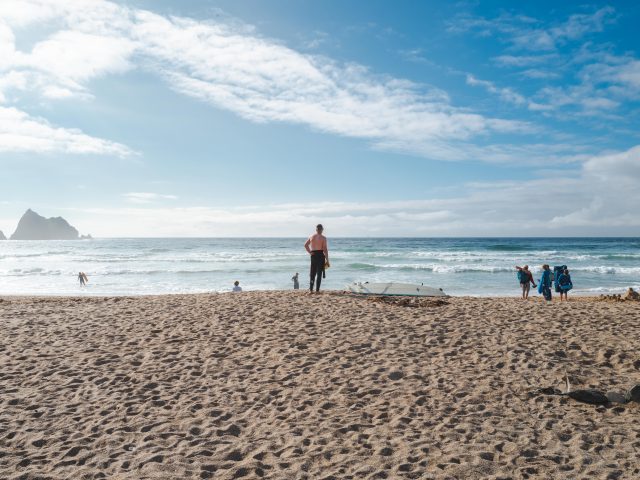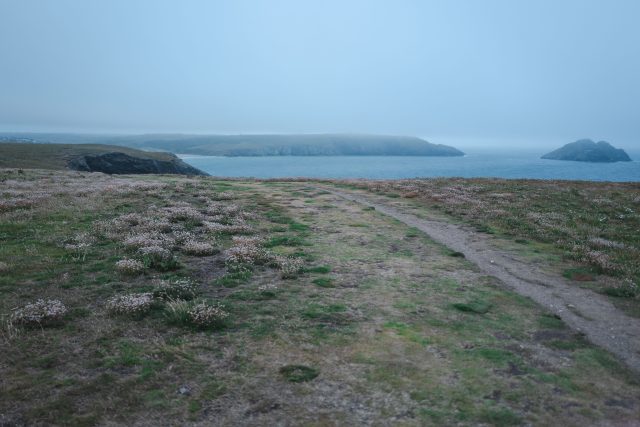There are many reasons to visit the historic county of Cornwall, but it’s arguably the region’s endless golden beaches and world-renowned surf that attracts the vast majority of its visitors. Holywell (or Tregew in Cornish dialect) is one of the county’s most iconic and popular beaches, and for good reason.
As a kid I spent a lot of time with my family exploring Cornwall so it was fitting that after a 14-year hiatus from vacationing together, our first trip would be bundled into a static caravan on the South West coast. Holywell is a location that I’d seen on various landscape photography websites, postcards, social media, and TV shows but had never visited. Notably, it was featured in the British Academy of Film and Television Arts’ winning series Poldark. This time, it was a priority.

Visiting is easy with two conveniently located parking areas providing direct access to the beach (overnight camping is forbidden here.) If you’re in a larger overland vehicle, I recommend bypassing the first lot and continuing a 100 meters down the road to the much larger National Trust car park, although neither feature height restriction barriers.

Walking onto the beach I was struck by the sheer scale of Holywell Bay which stretches for over a mile and showcases an impressive 5,000-year-old sand dune system. There, my eyes were drawn to the impressive Gull Rocks, also known as Carter’s Rocks, which are two striking slate rocks about 500-meters offshore. These are often the subject for landscape photographers, and there are various vantage points for great shots. The sand dunes provide a fantastic elevated platform for photography, but if you’re feeling adventurous you can ascend the large rock formation located to the far left of the beach which provides unobstructed views of the sea and Gull Rocks. There are sheer unguarded edges here, so take care in doing so. Sunset appears to be the most popular time to shoot.

The beach is a wonderful location to spend the day, and I walked past numerous families that were well equipped for relaxing, surfing, and barbecuing. If you’re looking to surf then Holywell is a great spot with a surf school and rental onsite, and Royal National Lifeboat Institution lifeguards patrolling from 10 a.m. to 6 p.m. I’d recommend only swimming or surfing at RNLI beaches as currents in this area can be dangerous. If you’re a keen hiker,I’d recommend the Cubert Wildlife Hike which can be picked up from the far end of the beach via a steep cut-through past the RNLI station on the right, or you can make your way across the dunes to the starting point. The full loop is six miles in length, can be completed in about two hours, and provides breathtaking views of Cornwall’s rugged coastline. You’ll also find a diverse selection of bird and insect life, and from late June to early July, there is a beautiful array of arable flora. I visited the bay twice, and on the second visit I picked up part of this clifftop trail. It was definitely worth the effort. Alternatively, at low tide it’s possible to visit Holywell Cave which is full of colorful mineral deposits, but be sure to consult the location with the RNLI beforehand as it’s possible to get cut off by the rising tide.


Holywell Bay is certainly a jewel in Cornwall’s crown, and was undoubtedly a highlight from my time there. If you’d like to know more about the area, check out nationaltrust.org.uk.
Our No Compromise Clause: We carefully screen all contributors to ensure they are independent and impartial. We never have and never will accept advertorial, and we do not allow advertising to influence our product or destination reviews.


